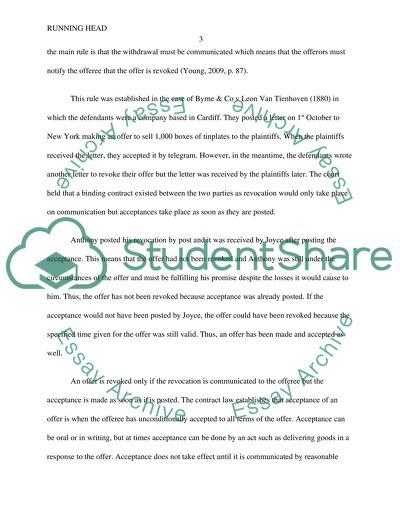Cite this document
(“Law. Offer and Acceptance Essay Example | Topics and Well Written Essays - 1250 words”, n.d.)
Law. Offer and Acceptance Essay Example | Topics and Well Written Essays - 1250 words. Retrieved from https://studentshare.org/law/1495472-case-study
Law. Offer and Acceptance Essay Example | Topics and Well Written Essays - 1250 words. Retrieved from https://studentshare.org/law/1495472-case-study
(Law. Offer and Acceptance Essay Example | Topics and Well Written Essays - 1250 Words)
Law. Offer and Acceptance Essay Example | Topics and Well Written Essays - 1250 Words. https://studentshare.org/law/1495472-case-study.
Law. Offer and Acceptance Essay Example | Topics and Well Written Essays - 1250 Words. https://studentshare.org/law/1495472-case-study.
“Law. Offer and Acceptance Essay Example | Topics and Well Written Essays - 1250 Words”, n.d. https://studentshare.org/law/1495472-case-study.


